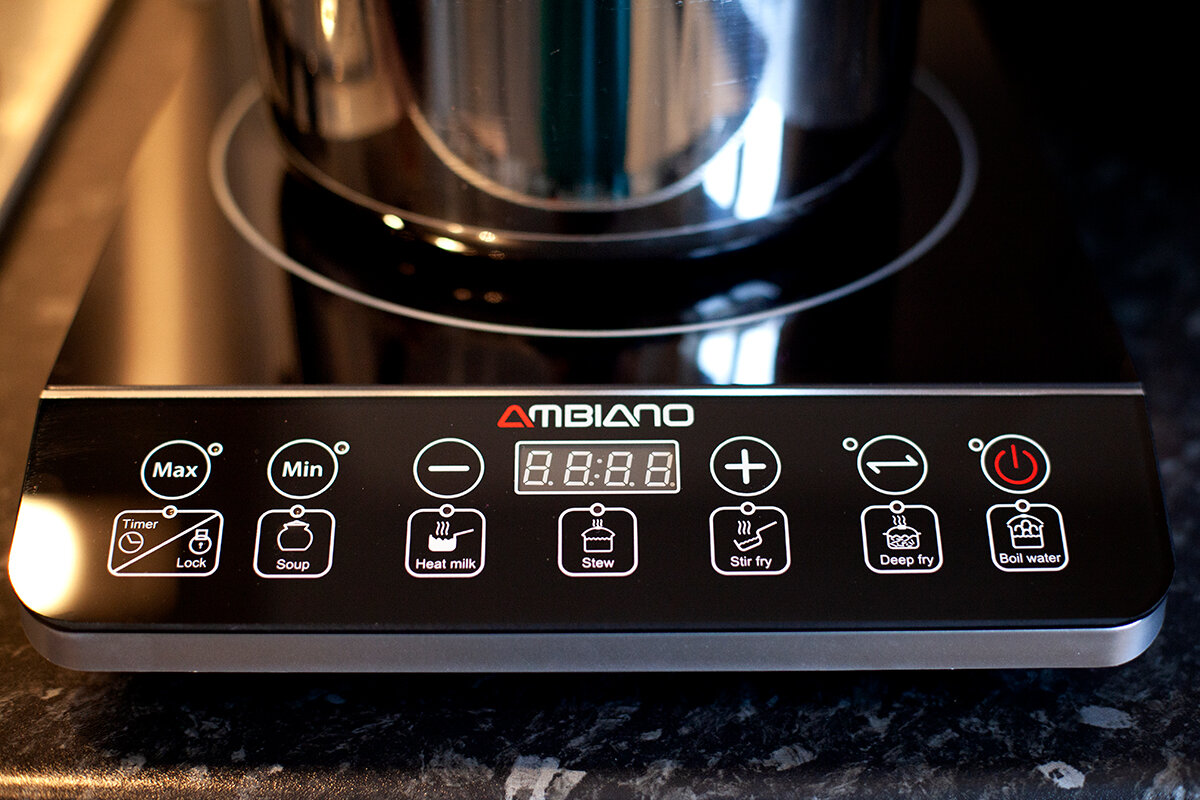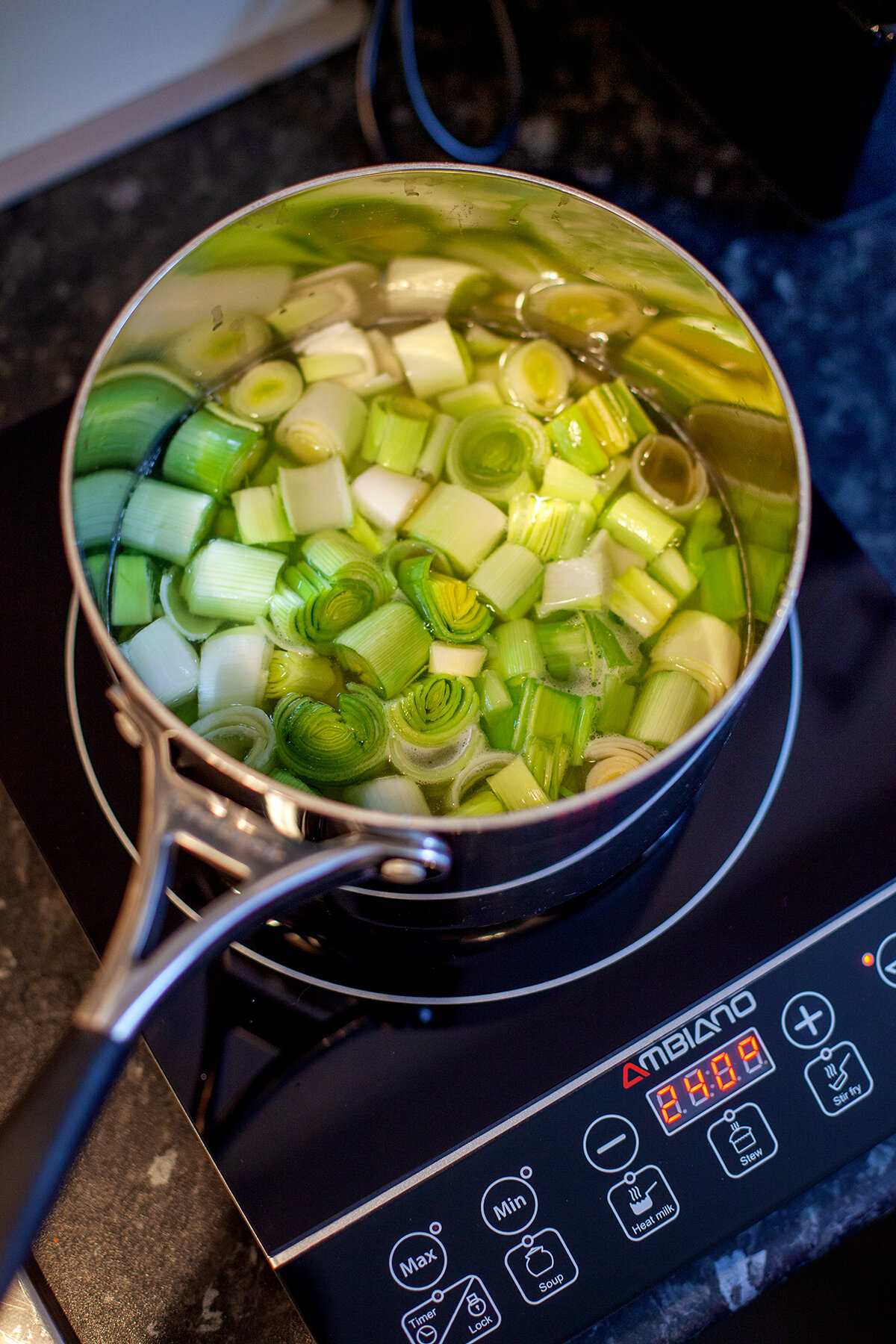It’s not been the most promising start to 2020. I was sickened by the worst, lingering, cold virus I’ve experienced in a very long time…since the start of the millennium to be exact. Coughing and spluttering my way through the first half of January - it seemed a lot longer - wasn’t something I expected because I always do my best to stay healthy by eating real, organic food paired with immune boosting vitamins, getting regular, adequate sleep, walking in nature, avoiding toxins, not overdoing the alcohol and not cramming my social calendar. According to me, I shouldn’t get sick. I just forget how too much stress can get you down and make you vulnerable to illness.
When faced with difficulties, I won’t sit tight for the sake of a quiet life and let any issues that surface fester. It seems to me that feeling vulnerable is never an excuse to fall on your sword of self-pity so I always tackle problems head on. Not necessarily the best when you’re unwell. Pushing through hard times when your body and mind need some downtime to recuperate means healing is slowed right down. My new year’s resolution? Meditation before confrontation!
Anyway, I’d barely recovered from said virus before launching into a frenzied week of emptying our kitchen in its entirety so the decorators could move in. Since then we’ve been navigating our way past twenty-five huge boxes stacked in the hallway - where the hell did we put things? - alongside two refrigerators, a wine rack, two waste bins and cat feeding and toilet stations. The only place for us to sit and eat is in the utility cum ‘make-do’ kitchenette now rammed to the gunnels with more storage boxes and day-to-day kitchen essentials overshadowed by coats, hats and shoes. Twelve days and counting, the kitchen remains off-limits for at least another three. Stressful or what?
This domestic disruption coincides with having to check-out a long-term tenant from our gorgeous five-bedroomed property, which when we visited last week, looked more like a dosshouse than the show house we proudly rented to her. Trepidation best describes our mood whilst we wait to see what maintenance and cleaning issues we’ll be faced with today when we’re finally handed back the keys. Hoping for the best, expecting the worst and psyching ourselves up in anticipation of the heartache and hard work that potentially lies ahead does not equate to resting easy in our bed at night.
Conscientous, caring landlords for more than eight years, our enthusiasm for renting out beautiful spaces to people that may or may not pay their rent and then leave us with a property dud, has dwindled to zero. Ergo, we’ve had enough of being patsy landlords and ‘fixer-uppers’ so intend to sell all our rental properties as and when they’re vacated. We have no idea if we’re headed in the right direction. Maybe the loss of rental income will prove to be even more stressful.
When things are in disarray and falling apart, resistance only makes a bad situation worse. A few weeks ago I believed I was on the cusp of living a quiet and peaceful life close to the people I love. Now, just 4 weeks into this new decade, I’m reminded that contentment, convenience and feeling safe have never been, and probably never will be, as significant to me as learning the lessons that adversity tries to teach.
Learning to cook at a young age because my mother up and left our family home when I was just five years old, is the gift she (inadvertently) gave. Nothing grounds me faster or brings more joy than being able to put good food on the table. Takeaways, eating out and processed food are the very antithesis of staying on top of your game. The best foods to eat are anti-inflammatory, stress-busting homemade bone broths, soups, stews and fresh vegetables. Thanks to Sarah, we’ve been taken care of during this period of displacement. Night after night she’s conjured up delicious, healthy meals that have done us proud. So proud, I would happily intermittently fast in-between, but not so my partner John, who balks at the prospect of having to survive on just one meal per day. Fair enough.
It takes a bit of culinary cunning to eat well when you’re overwhelmed but finding uncomplicated recipes is what I can do to help myself and others. This one is taken from Rose Elliot’s ‘Vegetarian Four Seasons’ with a few additional tweaks made by me. Far from losing sleep over what to eat, being excluded from the kitchen has opened up a world of possibility and discovery for keeping meals simple. As well as eggs - omelettes, frittata, boiled, scrambled, poached and fried - that can all be cooked in a single pan - uncomplicated, one-pot meals (hello slow-cooker) and the freshest Vitamix blended soups (no pan, ho hob, no hassle) are the order of the day. With keto bread rolls on stand-by in the freezer ready for a quick toasting and a daily salad, you’ve got this.
The other culinary life-saver is a stand-alone induction hotplate that I purchased for the ridiculously cheap price of £29.99. I don’t know how this gizmo hitherto escaped my notice but it’s a brilliantly ingenious solution when you have to go back-to-basics or need extra hob space.
With heat source sussed, I recommend you keep this Stilton Soup permanently on your radar because it’s just the easiest and most flavoursome soup you could ever make. With four ingredients prepped in minutes - chopped leeks and celery thrown together in a saucepan with water (better still, homemade stock), simmered for 1 hour and blitzed together with Stilton cheese - you have a meal in a bowl that’s worth writing home about.
Healthy, appetising, silky-smooth, tangy, deliciousness… take it from me, when the need for stress-free food arises, there’s nothing better than this.
Stilton Soup (serves 4)
Ingredients
250g outside sticks of organic celery - prepped weight
250g organic leeks - prepped weight
850ml organic homemade vegetable or chicken stock or freshly filtered water
150g blue Stilton
Himalayan pink salt
freshly ground organic black pepper
2 tbsp organic double cream, optional
squeeze of organic lemon juice
snipped chives or chopped parsley to garnish
Instructions
Wash the celery and run a potato peeler down each stick to remove any stringy bits. Trim and clean the leeks under running water.
Shake dry then roughly chop the celery and leeks and put them into a large saucepan with the stock or water.
Cover the pan, bring to the boil then switch the heat to low and leave to simmer gently for 1 hour.
Put the soup into a high powered blender and crumble in the cheese.
Whizz to a smooth puree then pour back into the saucepan. Season to taste with salt and pepper. Add a squeeze of fresh lemon juice to sharpen the flavour and stir in the cream, if using.
Reheat gently without boiling and top with chives or parsley.
Fat 17g Protein 10g Carbohydrate 10g - per serving















